Image Gallery: Red Hat SummitImage Gallery: Red Hat Summit
The open source software provider, held its annual Red Hat Summit in Boston, May 2-4. We have highlights and a recap in this gallery.
May 5, 2017

Already have an account?
Image Gallery: Red Hat Summit
“Last year, we talked about dev and ops coming together,” said Paul Cormier, Red Hat president, products and technology, opening the weeklong 2017 Red Hat Summit in Boston. Based on an annual survey, in 2016, customer priorities were cutting costs, security and automation. Now, Cormier says, the focus has moved to applications, reflecting new customer urgency around cloud strategy, developing apps faster, and optimizing and modernizing existing IT.
“Applications of today running on today’s infrastructures are running the businesses of today,” he said. “You need to bring these apps to the platform of tomorrow.”
That platform, says Red Hat, is built around open source and uses containers to quickly migrate even legacy apps to the cloud. Cormier’s announcement of OpenShift.io, a free, online, end-to-end development environment for cloud-native, container-based applications, was met with applause from the audience of some 6,000 attendees. OpenShift.io, which also includes a free subscription to the Red Hat Developer Program, is now available in limited developer preview.
Another announcement that was met with enthusiasm: an alliance to natively integrate access to AWS services, including RedShift and CloudFront, directly into the Red Hat OpenShift Container Platform console, whether services reside in the AWS cloud or on premises. While RHEL has run on AWS since 2008, this event marks deeper integration.
Several customers showcased Red Hat expertise that earned them recognition.
Luis Uguina, chief digital officer at global financial services provider Macquarie, said the Australia-based firm took a “digital first” approach before that was common in banking and has maintained that mindset. That effort earned recognition in the Enterprise Transformation category, recognizing the most outstanding transition from legacy IT to becoming a self-service leader and business partner in the digital world.
“It’s one thing to do this once,” said Uguina of a digital strategy built around microservices and exposing composable, modular APIs to partners and developers. “It’s another to maintain it over a long time.”
Macquarie built its architecture on Apache Cassandra, Apache Spark, SolrCloud and Red Hat container technologies — Openshift Container Platform, CloudForms and Gluster Storage.
Speakers including Uguina; Bryan Thompson, GM of OpenStack private cloud at Rackspace, another awardee; and Cormier stressed a growing need for consistency across public and on-premises clouds as we get more hybridized: According to the Red Hat survey, 84 percent of customers have cloud strategies, 70 percent say cloud is their top spending priority, and 59 already have multi-cloud deployments.
Still, consistency can’t come at the cost of rigidity.
“You want to avoid lock-in to one provider,” said Cormier, adding that open source is the way to maintain flexibility.
“Any app, any footprint, anywhere,” said Cormier. “This is the DNA of Red Hat.”
Red Hat Summit: Paul Cormier
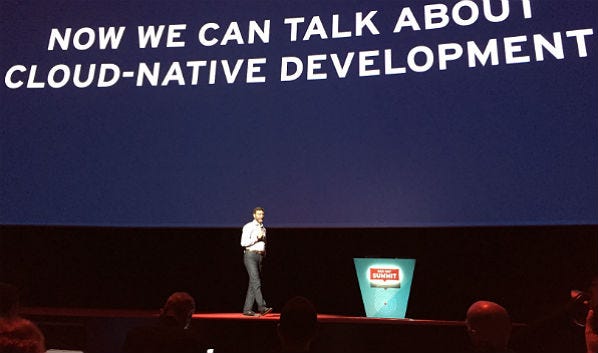
A theme for Paul Cormier, Red Hat president, products and technology, in his keynote, is that not every application will run in the public cloud, but that doesn’t mean IaaS’ effects won’t extend into customer on-premises infrastructures.
“Consistency is very much needed across your environment in order to keep a manageable, secure and flexible foundation for applications,” said Cormier. “Integrating cloud is a major strategic focus.”
For partners, that means helping customers choose a platform that works in a hybrid setup and avoids lock-in.
Red Hat Summit: Cloud Giants
All three big cloud players – AWS, Google Cloud Platform and Microsoft Azure – had booths on the expo floor, albeit not in close proximity.
Red Hat Summit: Rackspace
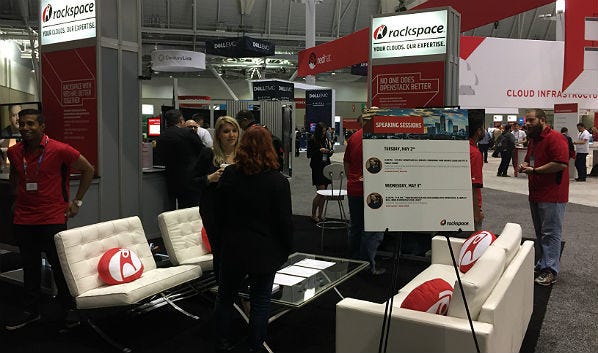
Rackspace was the big winner in the 11th annual Red Hat Innovation Awards, which recognize customers and partners for their outstanding and innovative use of Red Hat solutions. It was recognized as innovator of the year.
Other winners are Barclays Bank, the Government of British Columbia, Australian global financial services provider Macquarie, and the State of Jalisco, Mexico. Rackspace was nominated in the best collaborative public, private, or open hybrid cloud deployment category for its Rackspace Private Cloud, powered by Red Hat.
Red Hat Summit: Lenovo
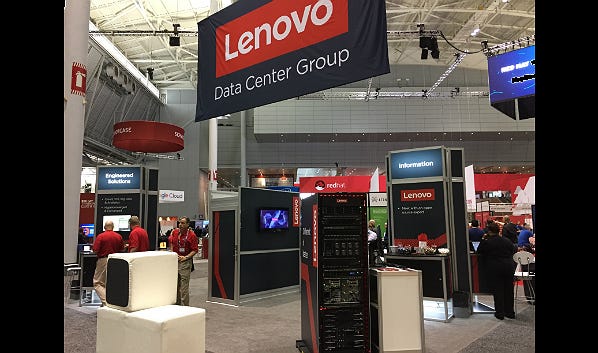
Lenovo unveiled a new version of its telco-focused open source Open Platform @ Lenovo (OP@L) and announced a new Cloud Technology Center on its Morrisville, North Carolina, campus, where partners and customers working on mobile content, 5G networks and Internet of Things can access hyperconverged networks and conduct proof-of-concept demos.
The new version of OP@L is powered by Red Hat’s software stack and meant to advance open and customizable NFV architectures.
Red Hat Summit: Veeam
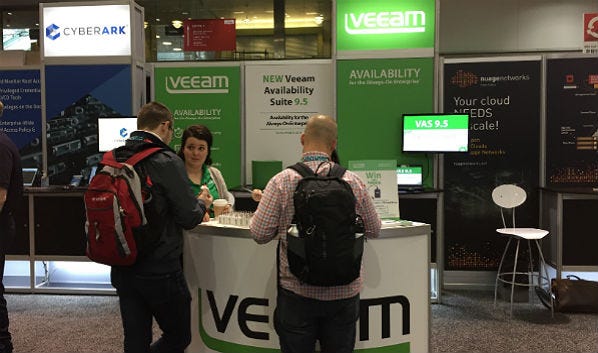
While Veeam didn’t make any announcements at the show, the 100-percent channel company had a steady stream of traffic.
Veeam is coming off a record quarter, posting a 33 percent YoY increase in total bookings revenue, largely driven by the Veeam Cloud and Service Providers (VCSP) business, which grew 59 percent YoY. At the end of Q1 2017, Veeam counted 74 percent of the Fortune 500 and 56 percent of the Global 2000 as customers. Enterprise new license bookings grew 17 percent annually.
There are 47,000 Veeam ProPartners and 15,000 VCSPs globally, and the company is now part of the Hewlett Packard Enterprise (HPE) Complete and Cisco HyperFlex ecosystems. Partners can still sign up for VeeamON 2017, which will take place May 16-18, 2017, in New Orleans. Keynote speakers will include Mark Russinovich, CTO of Microsoft Azure.
Red Hat Summit: Big Switch Networks and BeyondTrust
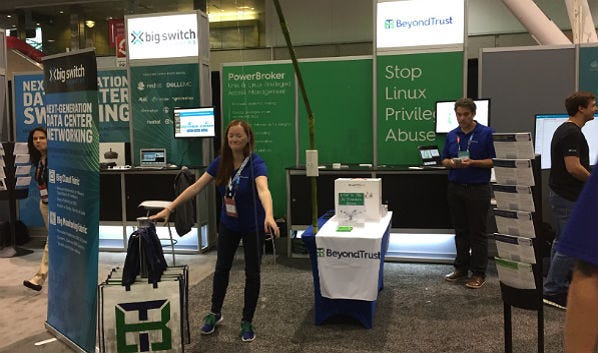
Channel-focused network provider Big Switch Networks was parked next to security provider BeyondTrust, which was drawing traffic with an apparently unwinnable carnival-style ring toss game.
Big Switch announced that its Big Cloud Fabric (BCF) had received Red Hat OpenShift Container Platform “Prime” designation and that it will participate at the Red Hat Telco NFV Mini Summit, held on Sunday, May 7, in Boston after the week-long Red Hat Summit. Using BCF, partners can easily deploy containerized applications without having to worry about network configurations, the company said.
BeyondTrust recently inked a deal to join value-added disti Westcon-Comstor’s Accelerate program.
Red Hat Summit: Centrify
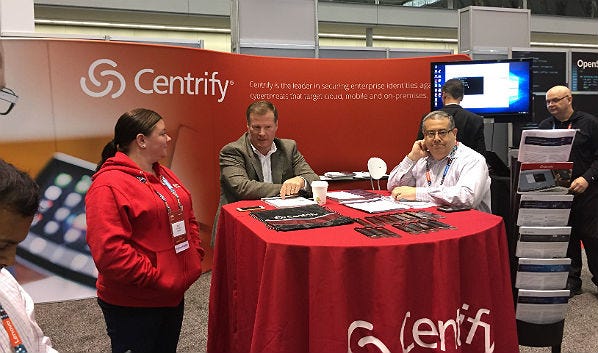
Centrify’s Server Suite centrally secures and manages Red Hat Enterprise Linux systems — along with 450 other versions of Windows, Linux and UNIX.
The channel-focused company also protects identity credentials across any device, including mobile, and its Identity Platform can be sold in an as-a-service model.
Red Hat Summit: NetApp
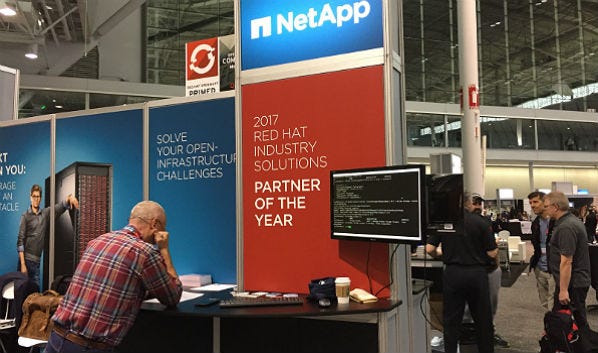
Red Hat and NetApp offer a pre-certified OpenStack hybrid cloud based on RHEL.
Red Hat Summit: Google’s Sam Ramji
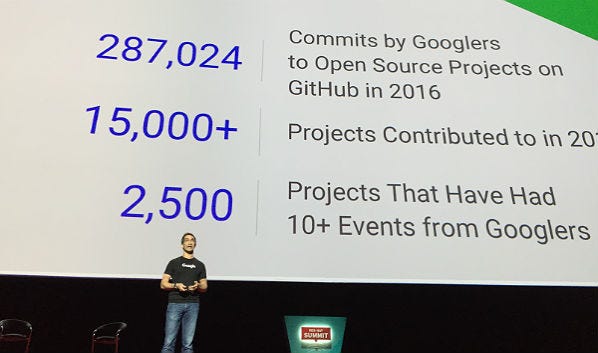
“We believe at Google that we’re entering an age of open development,” said Sam Ramji, vice president of product management at Google and a longtime advocate of open source, citing Vint Cerf’s concept of permissionless innovation. “You shouldn’t have to ask permission to build on top of the Internet Protocol, you shouldn’t have to ask permission to build below it.”
Ramji highlighted Google’s contributions to open source software and its commitment to the community.
Red Hat Summit: CenturyLink
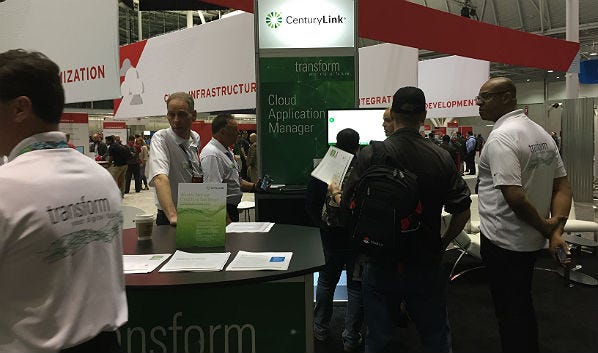
CenturyLink has been a Red Hat Certified Cloud Provider since 2012, and RHEL is under the umbrella of CenturyLink’s Cloud Application Manager platform.
Red Hat Summit: Dell EMC
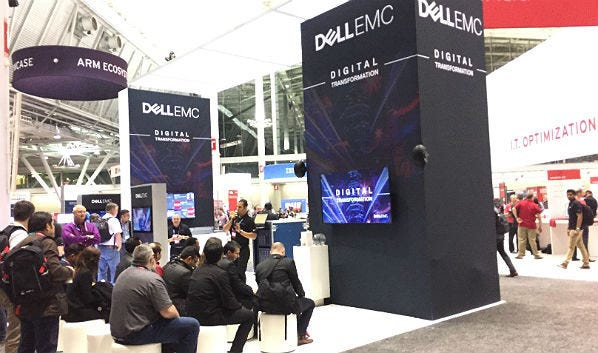
Armughan Ahmad, senior vice president and general manager of solutions and alliances at Dell EMC, said customers wanted an open-source software option, leading to its decision to support OpenStack via the Dell EMC Ready Bundle for Red Hat OpenStack Platform, validated by Dell EMC and Red Hat.
Red Hat Summit: Microsoft
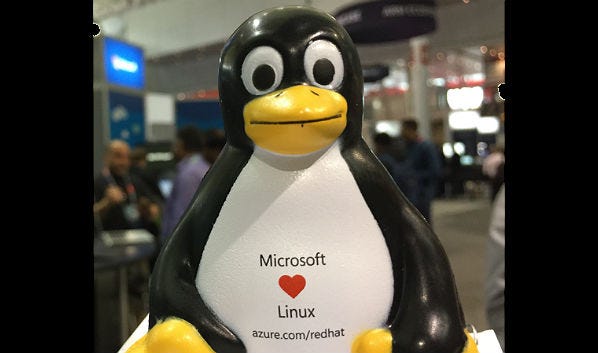
Linus Torvalds, creator of the Linux kernel, is well-known for smack-talking Microsoft, including the famous quote, “If Microsoft ever does applications for Linux it means I’ve won.”
At the summit, Cormier said Red Hat is working with Microsoft Azure to make it easier for its developers to work in those environments, and customers can launch Red Hat Enterprise Linux directly from the Azure marketplace. Julia White, corporate vice president of Azure and security marketing at Microsoft, also gave a keynote.
Red Hat Summit: See You Next Year
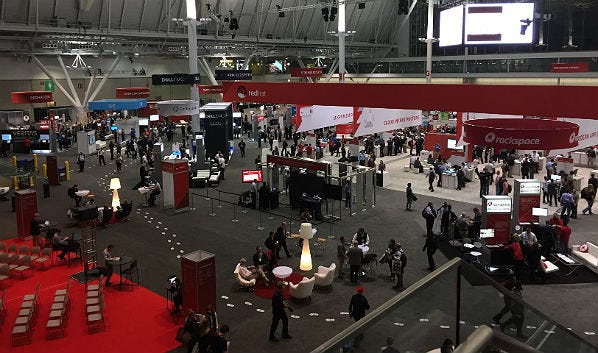
The 14th annual Red Hat Summit will take place at the Moscone Center in San Francisco, May 8-10, 2018.
Image Gallery: Red Hat Summit
Please click here for more Channel Partners galleries.
Read more about:
AgentsAbout the Author
You May Also Like


